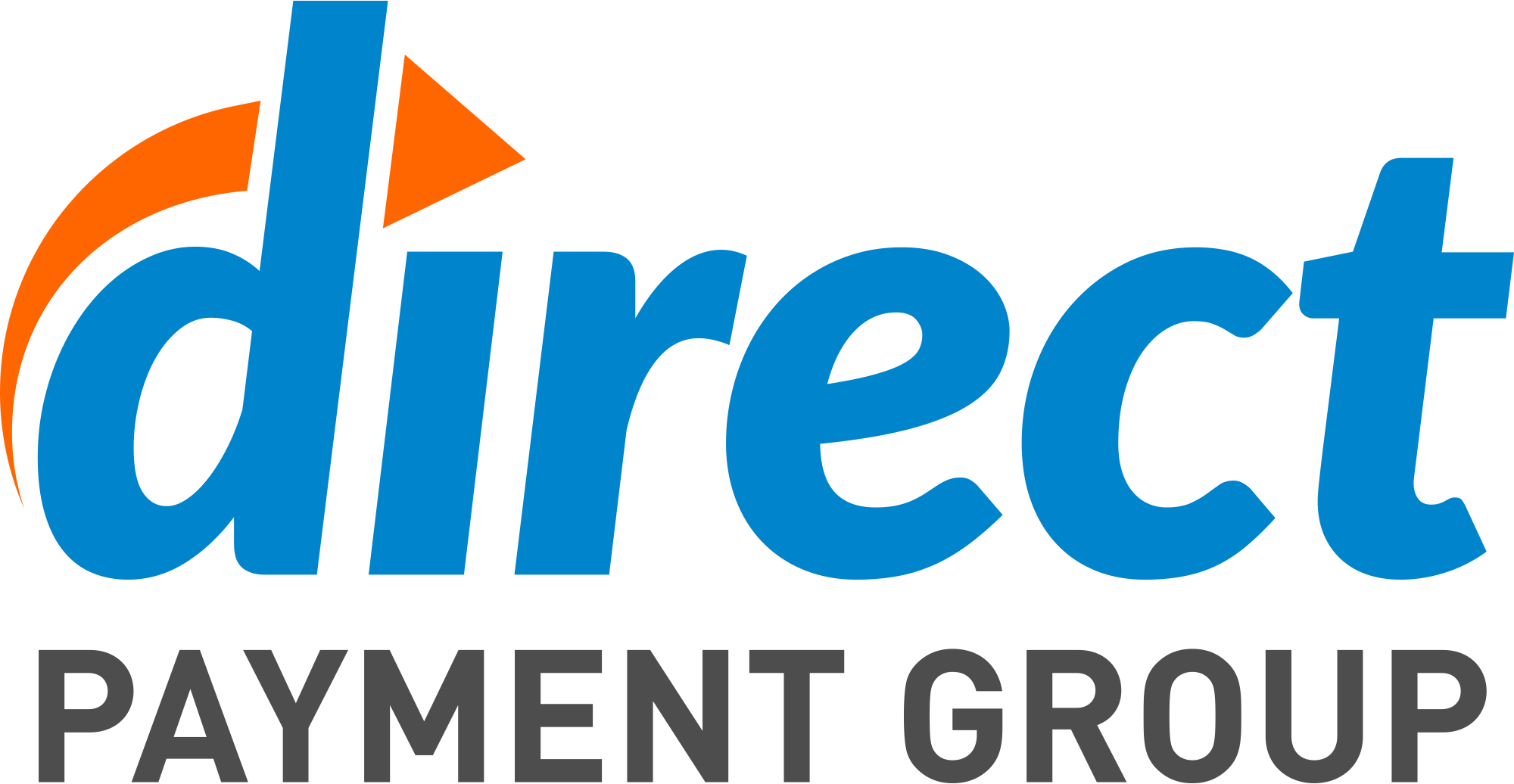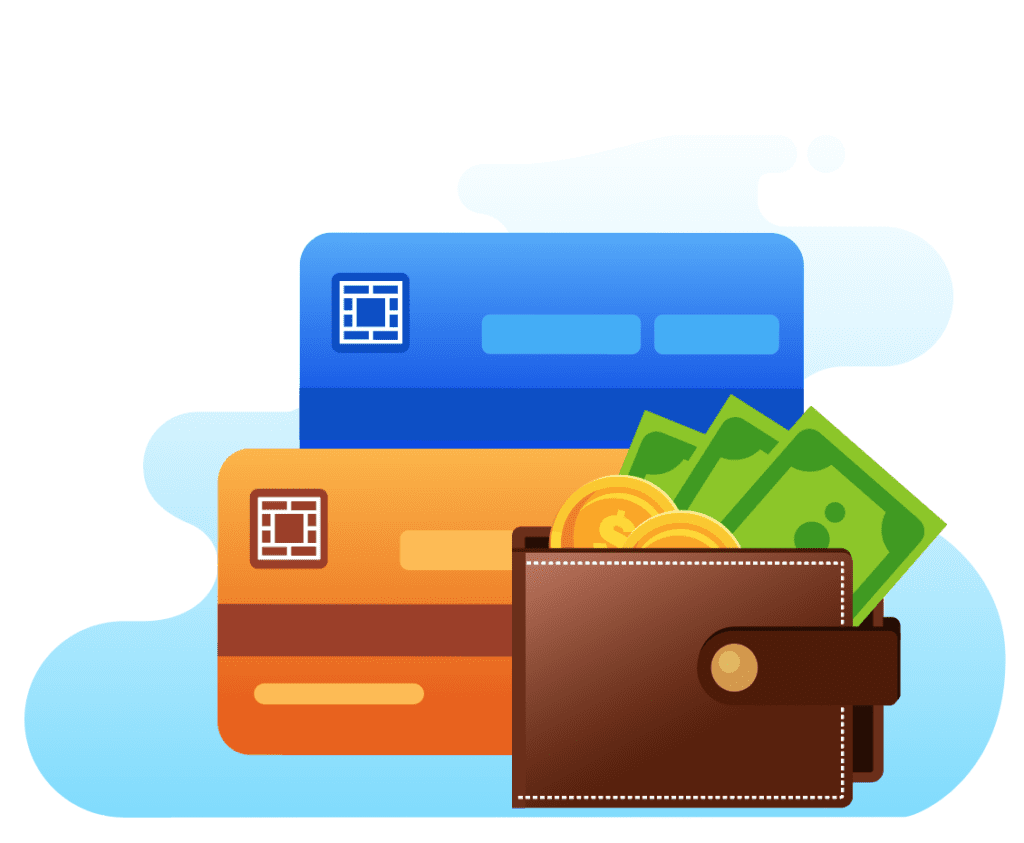The Complete Guide to Managing Your B2B Credit Line
The success of a B2B business rides as much on your cash management as your bright ideas. When you’re just getting started, you have to determine the simplest way to pay the bills you owe to your vendors. Meeting those deadlines is essential, even if money from your clients hasn’t made it into your bank yet.
What are you supposed to do, though, if you don’t have the means to pay off your partners right away?
Building a B2B credit line takes time and research, but it’s important, necessary, and achievable. A proper line of credit grants flexibility for small businesses to help them grow and manage their cash flow. A strong B2B credit line is key for helping you expand your business faster and safer.
Different Types of B2B Funding
B2B payments are payments between business partners and vendors as you support one another up and down the supply chain. You’ll need to make these payments on a regular and timely basis if you want to ensure that your supply chain stays healthy. Paying your vendors consistently also helps you retain a positive reputation in your industry. Often that means turning to outside sources to secure funding.
The most common financing options for small businesses are lines of credit, business credit cards, venture capital funding or equity investment, and small business loans.
While tapping VCs can be a great way to generate startup funds, it’s essentially trading away long-term potential earnings for short-term cash by giving up partial ownership and control. This is why many small business owners turn to loans and credit options.
Small business loans, on the other hand, tend to be a one-and-done type deal. They provide a lump sum of cash fast, which is then repaid over time with fixed or variable interest. Once a loan interest rate is set, you can’t adjust your balances or draw against the loan as you could with a line of credit. While it may be more predictable in terms of budgeting for repayment, it doesn’t offer the flexibility that many growing businesses need.
Credit lines are among the simplest ways for small e-commerce businesses to get up on their feet. It’s easier to secure a business credit line if you have a high credit score, but you don’t need to have stellar standing to start building your future. Instead, you can start paying off your debts with your business credit line, then raise your credit as you start to secure regular revenue.
Your supply chain is the bread and butter of your business. If you’re not expediting sales, then you’re limiting what kind of profit you can bring in. Establish a B2B credit line, and you can speed up collaboration up and down your supply line in little to no time at all.
Did you know?
Inc. Magazine cites 4 different lines of credit that every business owner should know about. Still unsure which is best for your business? We can help with that.
The Benefits of B2B Credit Payments
When you’re building a business, you’re carving out a reputation for yourself. That reputation hinges on whether or not you’re able to pay your supply chain in a timely manner. Failing to give your industry peers the financial respect they deserve can see your business lose opportunities for growth.
Want to get around the pitfalls of supply chain relationships? Set up at B2B credit line. With one of these lines in place, you can maintain good faith connections with your industry peers by paying for their goods and services when they’re due, regardless of your cash flow.
Some of the additional benefits of an effective B2B credit line include:
Limiting Your Extraneous Expenses
Running an office is expensive. If you want to cut costs, invest in B2B credit payments. On average, manually processing an invoice can cost you three times more than processing an invoice with a B2B payment solution. If you’re taking advantage of electronic payment methods to connect with your partners already, you can easily migrate your invoices into an online platform and lower your internal maintenance costs along the way.
Paying Business Partners Faster
Not only is it expensive to process a traditional invoice from one of your partners, but it’s time-consuming, too. Even if you process your invoice through a bank, you may not have access to the money you need for up to 24 hours. If you’re operating through a third-party platform like PayPal, your money may be tied up for several business days. This isn’t the kind of timetable you want to be working on if you have business partners who you need to pay.
Your supply chain can’t wait for the banks, and neither can your revenue. Business credit payments help you circumvent these delays. When you pay your partners with a credit payment line, you keep your production flow on schedule. You can even schedule automatic payments to keep the pressure of approving a new charge off of your plate. Your partners can maintain their production speed, too, meaning that the whole of your supply chain can operate at a higher level of productivity than it might otherwise.
Establishing an International Payment Plan
What about if you want to take your work international? If you try to manage one of these credit lines on your own, you may find yourself contending not only with varying international customs but with exchange rate fees, as well. Those fees may seem inconsequential at first, but they can add up and make a serious dent in your revenue if you let them.
Working with a B2B credit line that’s based online or through an existing B2B payment plan tool can help you better connect with your international peers while avoiding those exchange fees. These plans often come with integrated encryption, as well, meaning that you won’t have to risk your personal data by sending payments via wire transfer. If you’re savvy with your money and your connections, you can use these platforms and credit lines to get ahead of your competition, growing at a rate you might otherwise not have achieved.
Preventing Overdraws
Maintaining a business is an expensive endeavor. If there are larger purchases that you need to make, you can’t always wait until your clients’ payments clear your checking account. Similarly, if you’ve made a purchase and made an error while budgeting, you don’t want to have to pull back on a purchase or investment because you don’t have the funds to cover this new expense.
That’s where credit can serve you well. Instead of delaying a business-to-business purchase – for example, boxes for your newest product release – you can rely on your credit to both prevent overdraw fees and to help you maintain a positive business relationship with an industry peer.
Personal Versus Professional: Protecting Your Credit
Why build a new line of credit when you’ve got your personal one in place? There are more risks to the practice than you might expect. For starters, your personal credit line is tied directly to your social security number. If you find yourself contending with any instances of fraud, it’s your personal information that’s going to be at risk. Business credit, comparatively, is tied to your business’s EIN number, allowing the distance you need to protect your personal investments from widespread fraud or misuse.
If you find yourself in a position, however, where opening up a business credit line isn’t feasible, don’t worry. You can use your personal credit card to get your feet under you as you build up your business. It’s in your best interest, however, to try and keep your social security number private throughout this process. Avoid sharing this number at all costs, only giving it out if it’s deemed essential. You’ll want to be especially mindful of your purchases, as well. An errant business expense could make it more difficult for you to rent an apartment, take out a loan, or pursue your personal interests later down the line.
Finding the Right B2B Credit Line For Your Business
You know the benefits of a B2B credit line, but do you know which line is going to suit your business best?
You need a B2B credit line that doesn’t limit your purchases. An ideal B2B credit line needs to not only get payments out to your industry peers ASAP, but it also needs to make those payments worthwhile with credit benefits. At the same time, your B2B credit line needs to protect your business, your purchases, and your personal interests. As you’re looking for a new line, then, keep an eye out for:
- Low withdrawal fees
- Realistic and permissive credit limits for qualified borrowers
- Industry-appropriate purchase repayments
- Flexible budget payment plans
- Rewards that you can use to expedite your business’s growth
- Fraud protection
The sooner you’re able to implement your new B2B credit line, the sooner you can transform your loose network of professional supply connections into a tight-knit, high-functioning production line.
Don’t Let Payment Delays Stunt Your Growth
The success of your business is tied to your financial reputation. Don’t let beginner’s mistakes get the best of you. No need to rely on your personal credit when you have a B2B credit line working for you.
You don’t have to search for the tools to maintain your credit line alone, though. Instead, you can take advantage of a platform like Direct Payment Group. Direct Payment Group gives you the tools you need to set up an online payment program with your B2B partners, ensuring that all payments due through your supply line are received in a timely manner. This platform also provides you with the protective measures you need to keep both personal and business credit lines safe as you’re building your business.








